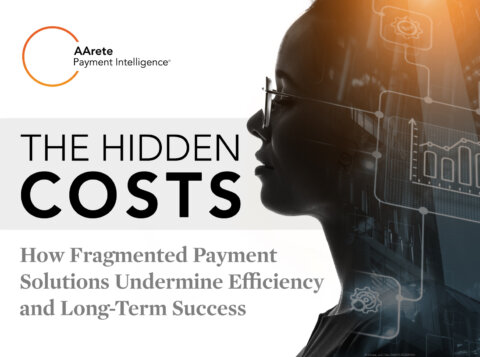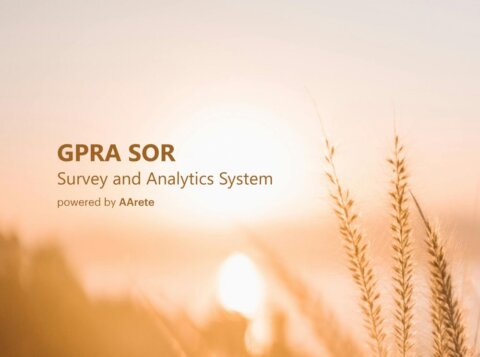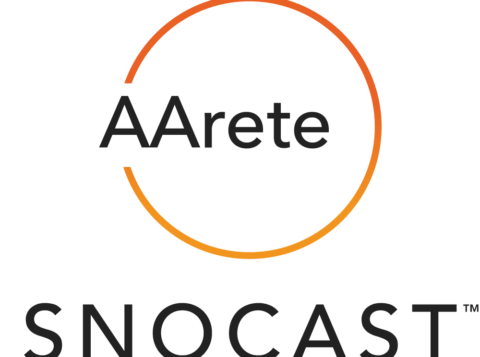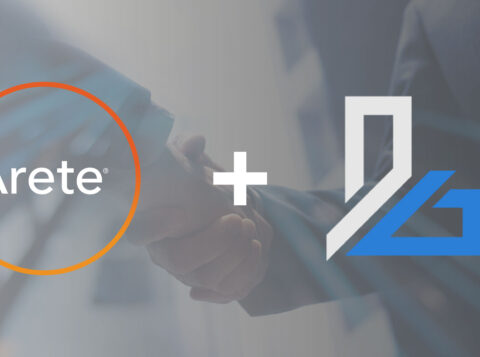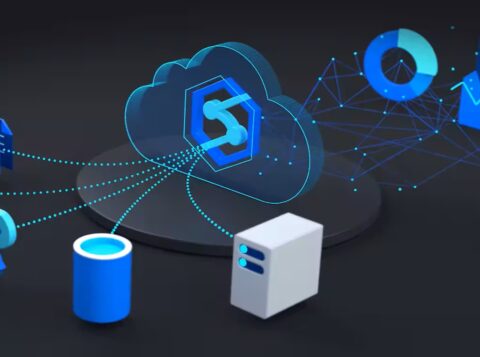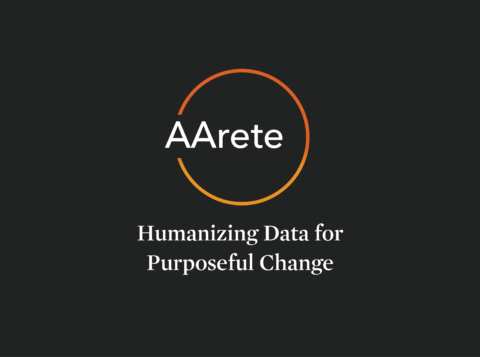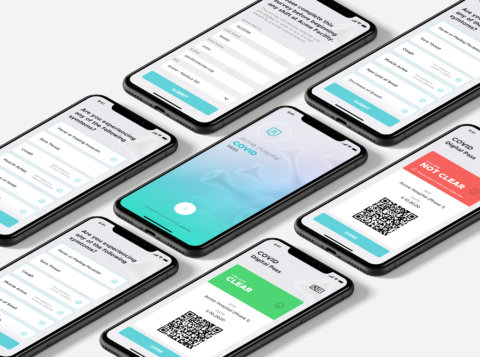The Power of Large Language Models in Finance & Modern Banking
This is an AArete Digital & Technology insight
In the world of finance and banking, a domain characterized by complex operations and an intricate web of customer interactions, tools like ChatGPT and other large language models (LLMs) are quietly starting a revolution.
Imagine you’re a bank customer, sifting through heaps of financial data, trying to discern patterns and meaningful insights. Now, what if your bank could succinctly explain those patterns to you? Enter ChatGPT and its counterparts. Leveraging the analytical strengths of banking systems, these LLMs translate in-depth analysis, such as gap studies and forecasting, into comprehensible messages for customers. It’s a personalized touch, almost like each customer has a private financial consultant explaining the intricacies of their data in a ‘white glove’ manner.
Transforming Banking Experiences With LLMs
The next wave of innovation goes beyond just explanations and enters the realm of proactive financial advice. Imagine not only understanding your spending patterns but also receiving real-time suggestions tailored to your financial goals and risk tolerance. Want to save for a dream vacation or plan for retirement? ChatGPT and similar LLMs could analyze your income, expenses, and investment options to offer personalized recommendations. They could alert you when it’s an opportune time to invest or when you’re overspending in a certain category. These advanced features would essentially transform your banking experience, making it more interactive, insightful, and empowering. It’s not just about having a digital assistant; it’s about having a smart financial partner that guides you through your financial journey.
In the diverse sectors of credit, risk management, and wealth management, there’s a myriad of interaction points: between products, customers, and bank personnel. Historically, the quality of these interactions was only as good as the human facilitating them. But with LLMs, every interaction can now be significantly enriched. It means more efficient communication, leading potentially to new avenues for product recommendations and cross-selling.
Then there’s the matter of loans – a critical function of any bank. Whether it’s mortgages or personal loans, the approval process is governed by strict regulatory requirements. LLMs can be instrumental here, sifting through domain-specific data and aiding in the underwriting process, ensuring compliance and timeliness.
“Essentially, LLMs can act as sophisticated assistants that enable banks to offer quicker, more reliable loan services while maintaining rigorous compliance with financial regulations.”
Research has indicated that integrating LLMs can enhance productivity and customer experience by a striking 40%. By diving deep into first-, second-, and third-party data, these large language models can comprehend context similarly to humans, paving the way for tailored recommendations.
Challenges Associated With LLMs in Finance & Banking
However, as with all powerful tools, the integration of LLMs comes with its set of challenges. For instance, smaller banks, while agile and innovative, may lack the scale to fully harness the potential of AI in enhancing customer service. Conversely, larger financial institutions, despite having vast datasets ripe for AI utilization, face their own set of hurdles. The challenge? Incorporating new tech on such a massive scale, especially when many CIOs are still gauging the associated risks.
“Given the sensitive nature of financial data and regulatory scrutiny in the banking sector, leaders should tread carefully when integrating LLMs into their operations.”
It’s essential, then, for banking leaders to approach the LLM arena with caution. While no artificial intelligence or machine learning model boasts 100% accuracy, the onus is on financial institutions to implement stringent checks, ensuring any AI-mediated interaction or summary remains precise and reliable. These checks should ensure not only the precision and reliability of AI-mediated interactions but also robust privacy and security measures to safeguard customer data. Moreover, compliance with financial regulations, such as anti-money laundering (AML) and Know Your Customer (KYC) laws, should be baked into the AI models to mitigate risk and maintain the integrity of the banking processes. Essentially, implementing LLMs requires a holistic approach that prioritizes accuracy, privacy, security, and regulatory compliance.
In an era where technology and finance are becoming increasingly intertwined, LLMs like ChatGPT are poised to redefine the banking and finance industry. Organizations, both big and small, should embrace this change, judiciously balancing the benefits with potential pitfalls. With a clear vision, supported by robust governance frameworks, large language models can transform the world of banking, delivering unparalleled value to customers everywhere.
Learn more about AArete’s Artificial Intelligence (AI) Consulting



